My system has two state machines, one master, one slave. And the states between the master and the slave are not one to one. The possible interactions are as follows.
If the master transits to certain master state, it will notify the slave to transit to certain slave state
The slave may request the master to enter certain master state; if master succeeds, the master will notify the slave to enter certain slave state.
The slave may request certain data from master
What is the proper UML diagram to describe those interactions? Statechart diagram is limited to state transition only and can't describe the request from the slave(either state transition or data); Interaction diagram is limited to class/object and can't applied on state.


